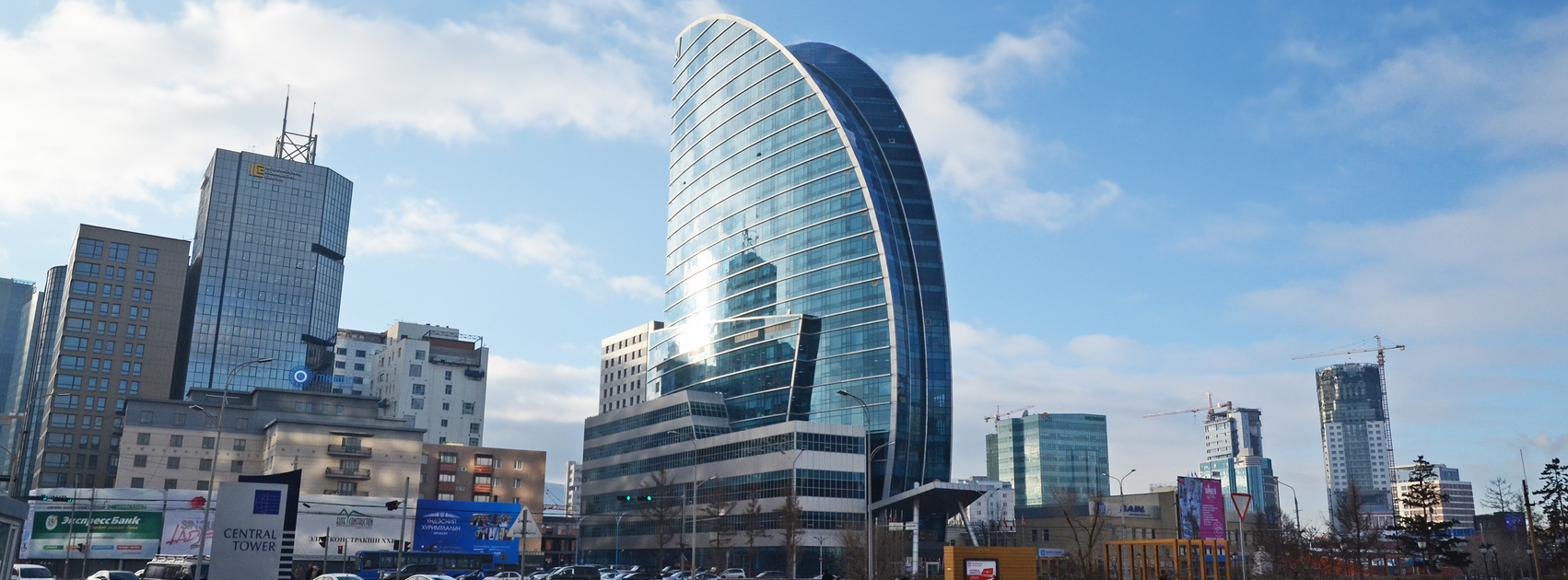Mongolia
Since 2015, Mongolia has GSP+ status and can benefit from preferential access to the EU market. In compliance with the GSP regulation, Mongolia has ratified all 27 core international conventions on human rights, labour standards, environmental protection, and good governance. With a per-capita income of $5,839 in 2023, the World Bank classified Mongolia as an upper middle-income country in 2025 (for the first time since 2016). Total EU imports from Mongolia reached a record €144 million in 2023, and about €21.5 million made use of the GSP+ preferences; most other exports from Mongolia also enter the EU market at zero duty under the normal tariff regime.
What is the GSP+?
The GSP+ is a special incentive arrangement for Sustainable Development and Good Governance that supports vulnerable developing countries. Next to fulfilling the eligibility requirements of the Standard GSP, GSP+ countries are required to ratify 27 international conventions on human rights, labour rights, environmental protection and climate change, and good governance. In order to ensure effective implementation of the conventions as well as compliance with reporting obligations, the EU engages in monitoring activities with the GSP+ countries. GSP+ beneficiaries can benefit from complete duty suspensions for products across approximately 66% of all EU tariff lines.
At a glance: EU preferential imports from GSP+ beneficiary countries (2023, € million)
3.5M (2023)
Population
Semi-Presidential Republic
Government
7.4% (2023)
GDP Growth
10.3% (2023)
Inflation
$ 20.3B (2023)
GDP
Facts about the Mongolian economy
Landlocked Economy
Mongolia is a landlocked economy where agriculture and herding are traditionally of high importance.
Extractive industries
Foreign direct investment particularly in extractive industries such as mining of copper, gold and coal led to a significant increase in exports after the financial crisis in 2008. Today, mineral products account for over 90% of Mongolia’s exports, which leaves the Mongolian economy vulnerable to international price fluctuations with regard to these commodities.
Trade with China and Russia
Mongolia is highly dependent on a small number of trading partners. Trade with China and Russia accounts for almost 80% of the country’s total trade (2023), leaving it vulnerable to economic fluctuations in these two countries.
Economic Structure
Services (41% in 2023) and industry (40%) account for the largest shares in Mongolia’s GDP. The share of agriculture decreased from 13% to 9% in recent years. The industrial sector in Mongolia concentrates on construction and mining.
Usage of GSP+ Preferences
Mongolia uses GSP+ preferences for around 16% of its total exports to the EU (a large share of the country's exports enters the EU duty free under the normal tariff regime). The preference utilisation rate stood at 67% in 2023.
Trade with the EU
Total trade between the EU and Mongolia amounted to €1.2 billion in 2023. The EU accounts for a share of 4.5% of Mongolia’s total trade and ranks fourth in Mongolia's trading partners behind China, Russia, and Switzerland.
Mongolia and the EU
Imports from Mongolia by product section (2023, € million)
Imports from Mongolia over time (€ million)
MONGOLIA AND THE EU GSP
Economic Impact
24%
Share of Mongolia’s exports to the EU that were eligible for tariff reductions under the GSP+ in 2023.
67%
Mongolia's preference utilisation rate in 2023.
91%
Share of zero-duty imports from Mongolia. Most imports are duty-free under normal EU tariffs.
Preference utilisation and export diversification
EU imports from Mongolia (€ million)
Preference utilisation (%) vs. total eligible imports (in € million)
Although only a small share of EU imports from Mongolia is eligible for GSP+ preferences (most imports are duty free under normal tariffs), their value has almost steadily increased over the years (except for the pandemic years 2020 and 2021). Mongolia's preference utilisation rate was above 80% in most years, but in 2023, it dropped to 67% from 86% a year earlier. Utilisation of the GSP+ preferences varies considerably across product groups, ranging from almost full utilisation for fruit and vegetables, to 78% for apparel, and 9% for plastics.
The largest product sections under the GSP+ (€ million, 2023)
GSP+-preferential imports from Mongolia increased by two thirds from 2021 to 2023. After edible vegetables and roots became eligible for export in 2021, they increased almost six-fold until 2023, with a high utilisation rate of 96% in that year. Apparel remains the leading preferential product category, accounting for 73% of all GSP+ preferential imports from Mongolia in 2023.
SUSTAINABLE DEVELOPMENT AND MONITORING PRIORITIES
Mongolia shows a strong engagement in the GSP+ monitoring process, despite challenges in taking more commercial advantage of the unilateral tariff preferences of the EU. During the reporting period (2020-2022), progress was made in the area of children’s rights, fight against domestic violence, as well as labour rights. Yet the country should make more effort to effectively implement the related legislation. With regard to human rights, the key issue is the effective implementation of the ratified human rights conventions. The draft laws on civil society organisations which might restrict civil space are issues of concern.
Monitoring priorities during the reporting period 2024-2025
Freedom of expression
Human rights defenders
Strengthening the judiciary
Anti-discrimination
Addressing violence against women and vulnerable groups
Labour rights
Eliminating child labour
Environment and climate conventions implementation
Anti-corruption
Drug control
For the reporting period 2024-2025, the EU has identified ten focus areas for its monitoring activities. Mongolia is showing commitment regarding the implementation of international labour conventions, also through the new Labour Law. The country faces many challenges in the field of environment, also related to pollution, which the EU is helping to address through its development cooperation. Finally, with regard to the international conventions on good governance, challenges remain especially in the area of corruption. This is an area where further work should be done.
EU-Mongolia Bilateral Development Cooperation
DG INTPA
Access all info about EU-Mongolia relations on the International Partnerships website.

